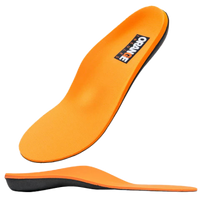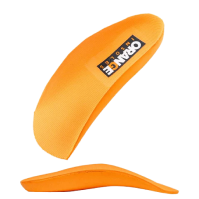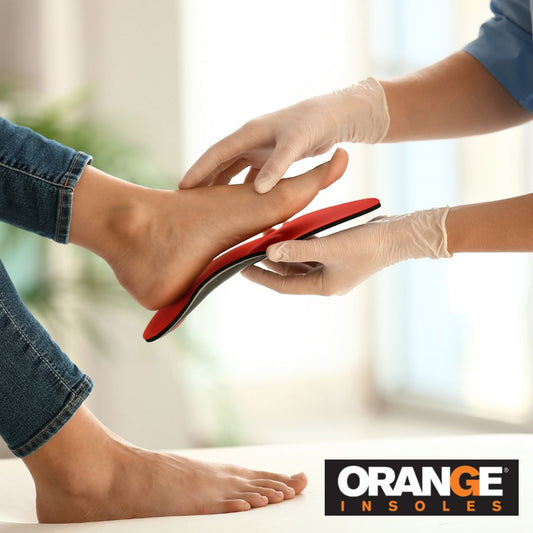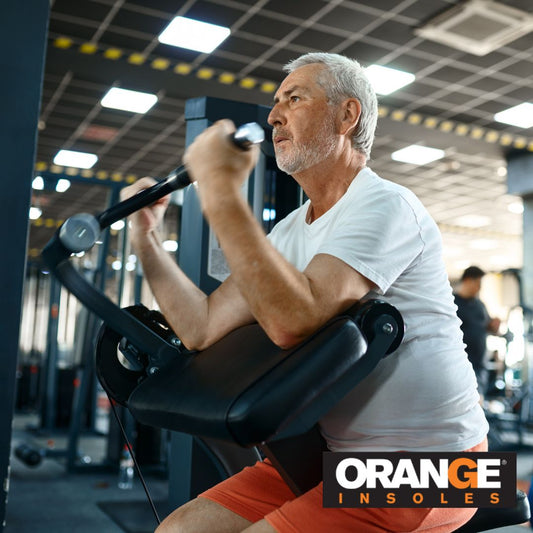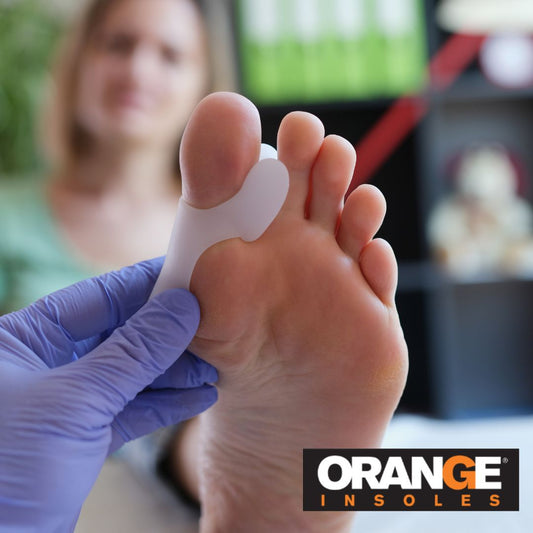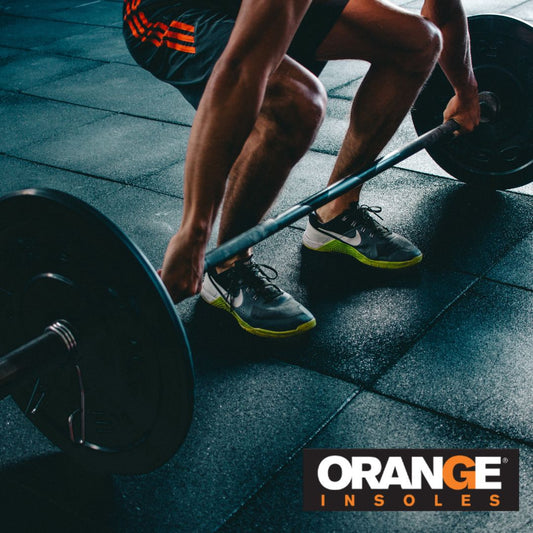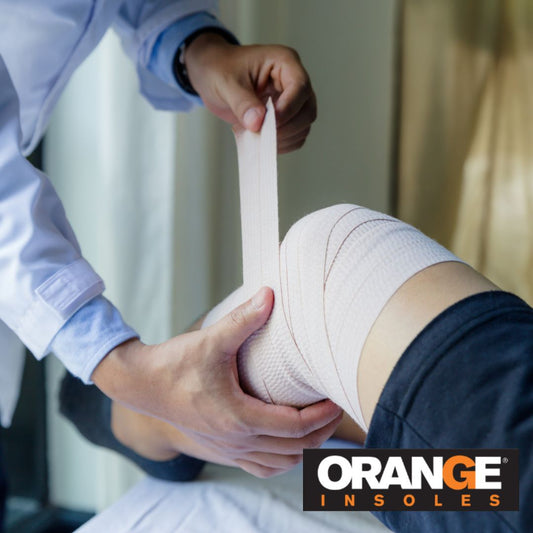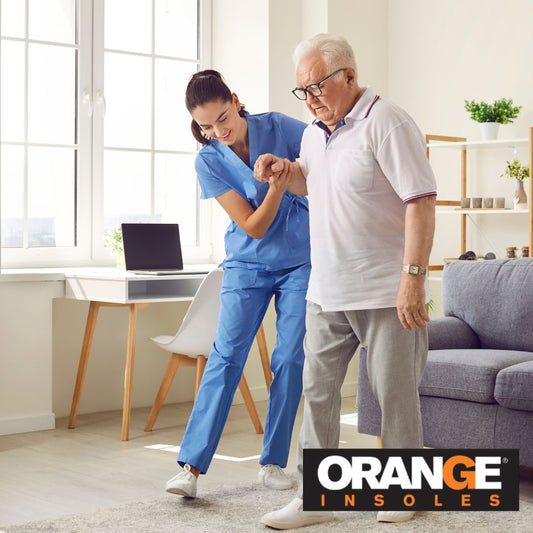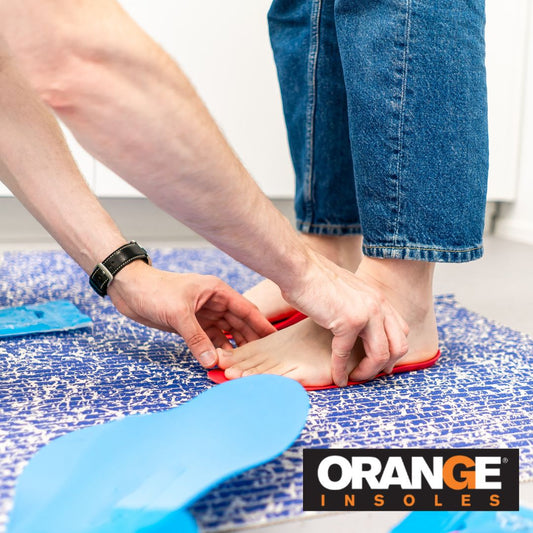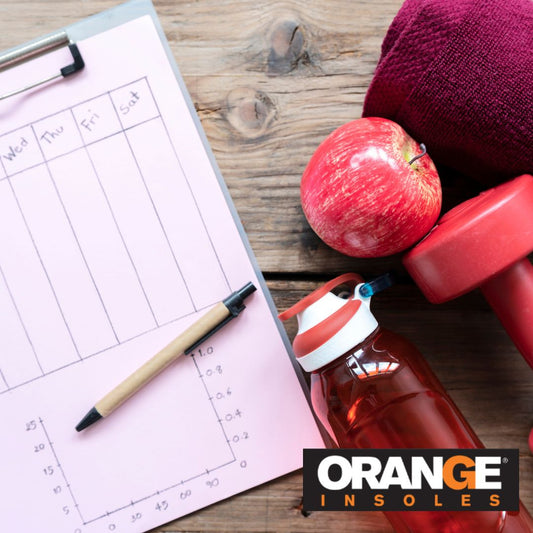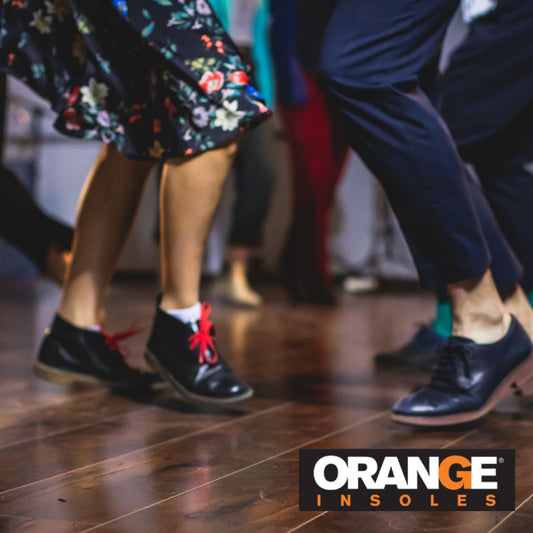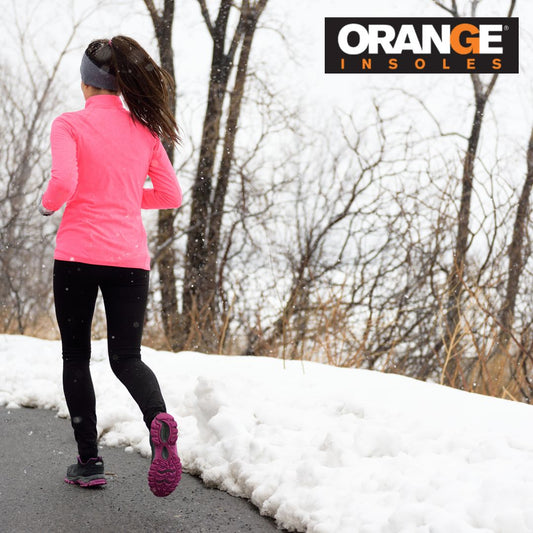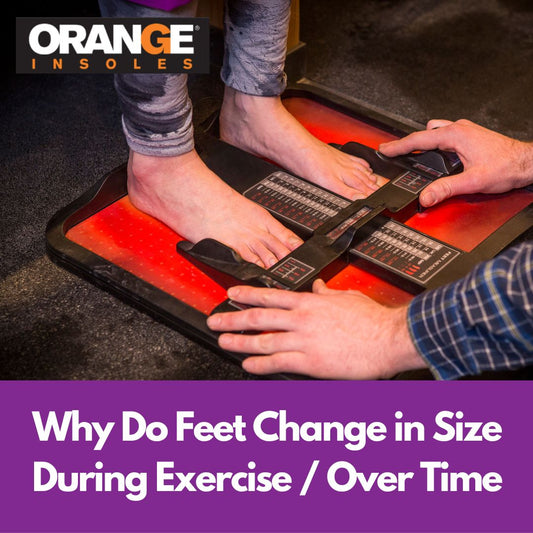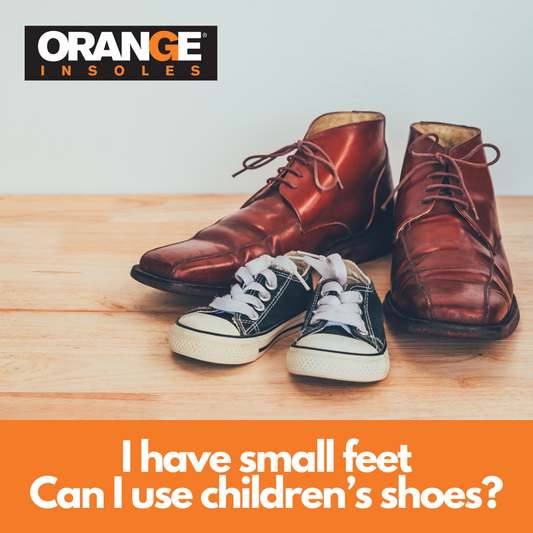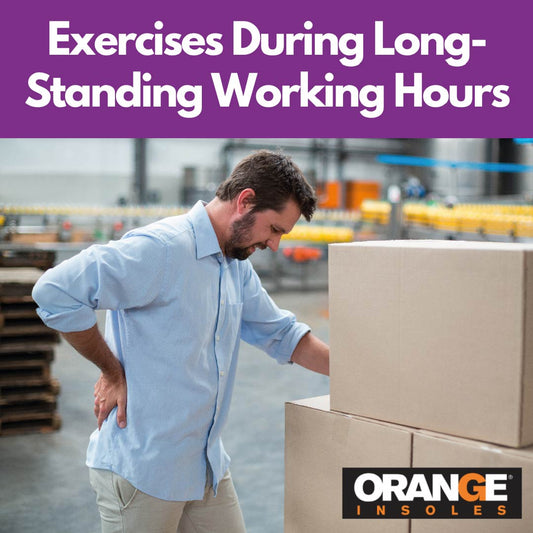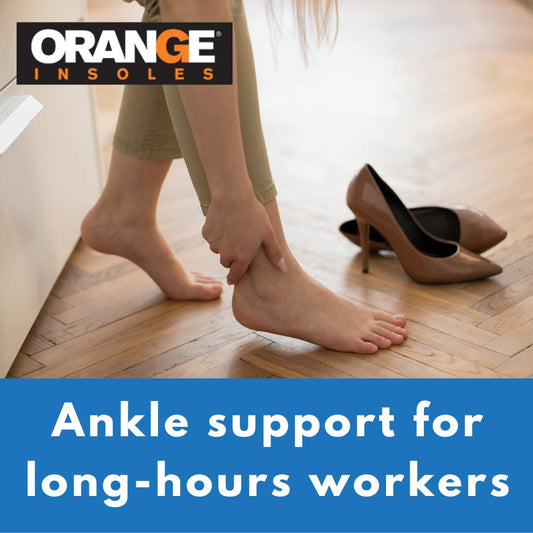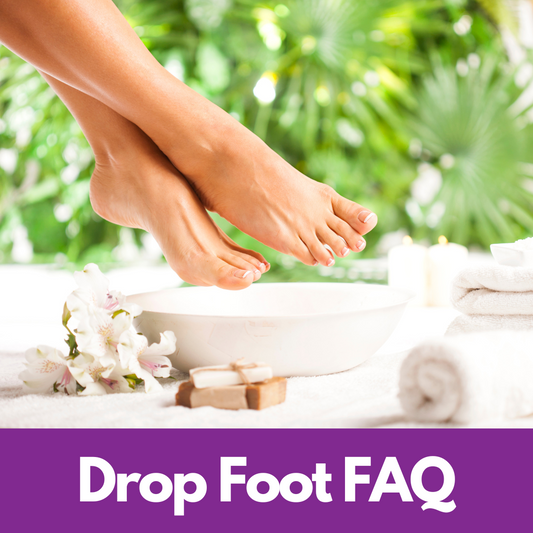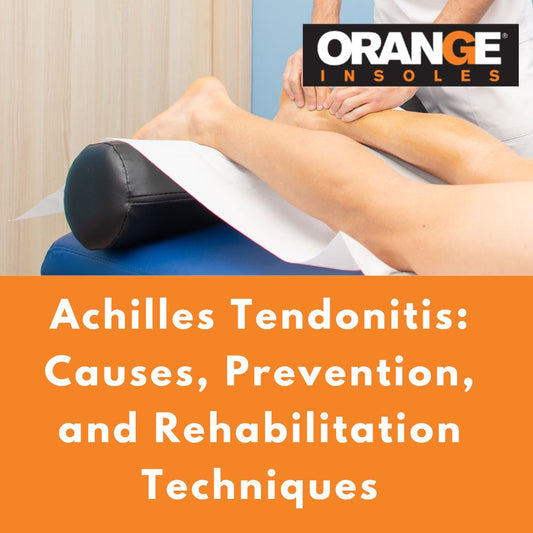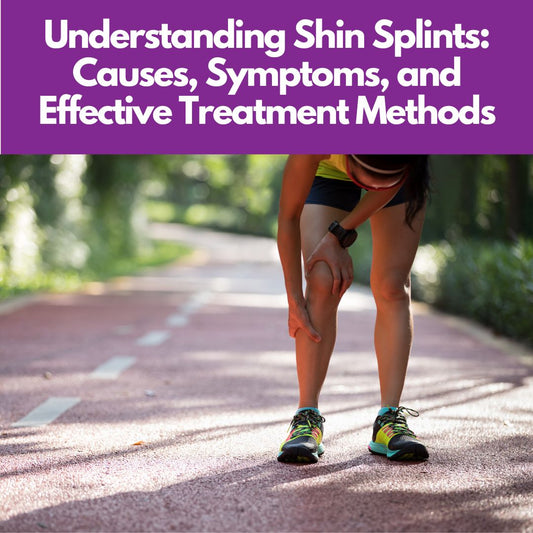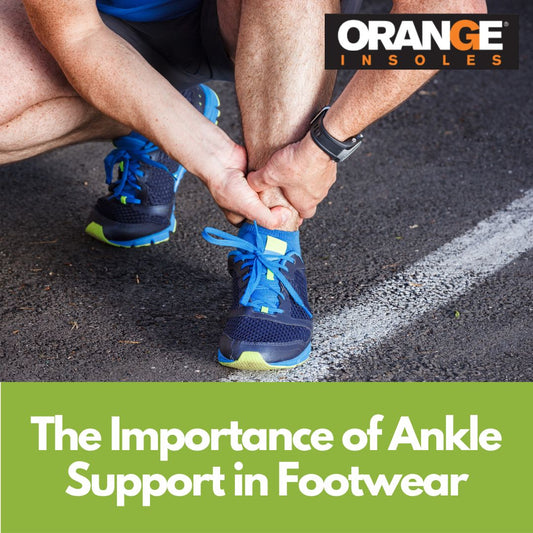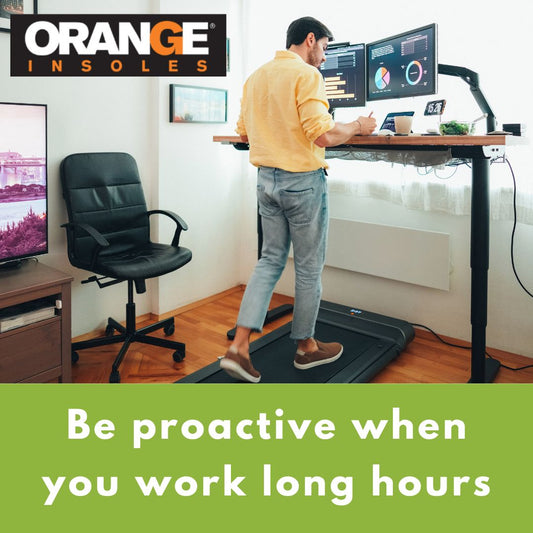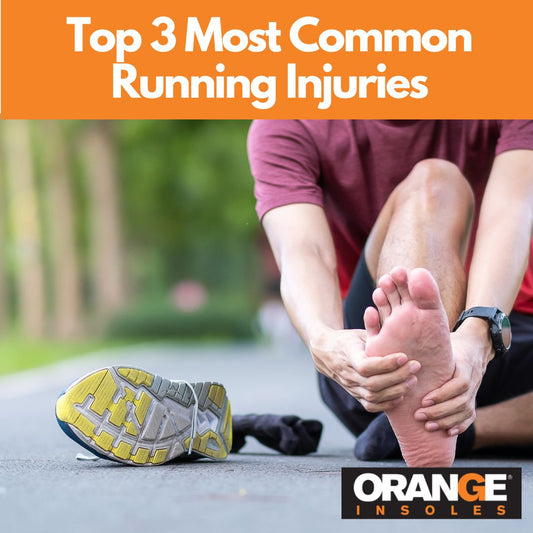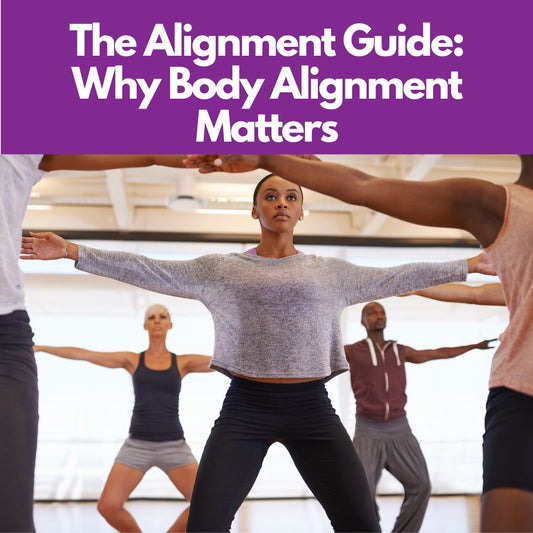The word “cardio” may spur stressful thoughts of fast-paced workouts that get your blood pumping and sweat pouring...we’re out of breath just thinking about it. But this type of exercise is actually extremely vital to our health. No matter your age or fitness level, there are several kinds of cardio exercise that help your heart and everything connected to it.
Cardio, short for cardiovascular exercise, utilizes the most amount of oxygen. It is an aerobic activity, meaning that it trains muscles to manage oxygen in the bloodstream efficiently. Over time, this process develops what is called aerobic capacity so that we don’t tire out as quickly. In other words, don’t put pressure on yourself to keep up with that one kickboxing video! You may just need to slowly build up your aerobic capacity.
What Counts as a Cardio Workout?
Aerobic activities like cardio workouts are different from anaerobic activities. The former requires more endurance. For example, exercises like weightlifting and very short sprints are anaerobic because the body relies on glucose, a type of sugar, to power muscles. Anaerobic activity consists of short, intense exertions and builds up lactic acid in the muscles, which is what makes them “burn” while exercising.
With more sustained movement for a longer duration, the body begins to use oxygen to power muscles, and less lactic acid is produced in this kind of workout. Cardio workouts like hiking or swimming a few laps around the pool require mainly oxygen to power muscles. Anything that gets your heart rate up higher than normal counts, though!
More examples of cardio include:
- Walking
- Running
- Jumping rope
- Dancing
- Soccer
- Basketball
- Tennis
If you are unsure about your level of fitness, which exercises are appropriate for you, or have a heart condition, talk to a doctor before you get started.
The Effects of Cardio
The Center for Disease Control and Prevention (CDC) recommends that adults get at least 150 minutes of moderate cardio exercise per week. By making a choice to implement healthy fitness habits, people can:
- Raise good cholesterol (HDL) and lower bad cholesterol (LDL): By keeping the heart muscle active, harmful plaque clears out of the arteries.
- Improve overall metabolism and keep weight down: The body burns calories during your workout and for a bit afterwards. You can also reduce body fat through burning calories, no matter what the exercise is.
- Strengthen the heart: The heart works hard during cardio exercise, but its muscles grow use to the exertion and doesn’t have to work as hard over time.
- Make the lungs more efficient: The lungs get better at absorbing oxygen and expelling carbon dioxide buildup in the body’s tissues.
- Boost feel-good hormones: The release of chemicals like serotonin and endorphins when exercising can help regulate sleep, curb appetite, reduce pain and even relieve mild depression
- Keep bones strong: Moderate aerobic activity has even proven effective at slowing down the decrease of bone density.
- Keep muscles strong: repetitive use and challenging muscles in any way will result in muscle hypertrophy- a normal process where muscle fibers are damaged from exercising and repaired become stronger.
- Improve brain function: several studies have shown that it can boost the memory and problem-solving skills of young adults. No matter your age, though, it’s always a good idea to improve circulation to your brain.
Ways To Get Cardio In Your Routine
Don’t worry, you don’t have to be a fit, competitive athlete to reap the benefits of a cardio workout. Besides hitting the gym, you can get some physical activity in a lot of different areas of our lives and practice being healthier in small ways.
- If you have a sedentary job, take some time to walk on your lunch breaks
- Get your family motivated to play a sport or take a hike on weekends
- Take stairs instead of escalators or elevators
- When you have the time, walk or bike to more places instead of driving
- Buy a jump rope, stationary bike, punching bag or another piece of at-home equipment to exercise at home
- Develop a routine of cardio exercises you can do at home with no equipment. Healthline.com offers some great suggestions here.
All in all, cardio can have a much greater impact on our lives besides keeping us slim and looking good.
Also, don’t forget to support your feet in all your workout endeavors! If you’re tired, your feet probably are, too! Add an insole to add a little extra support.
